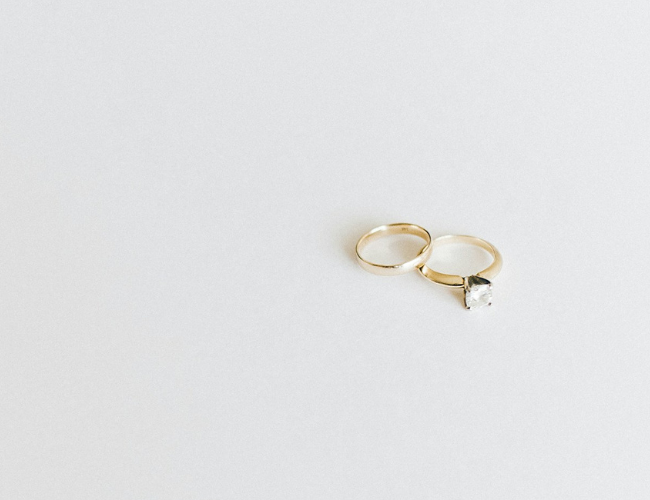Supermodel and actress Emily Ratajkowski recently debuted a new ring – her "divorce ring", a reimagined design of her iconic "toi-et-moi" engagement ring from her former husband, Sebastian Bear-McClard, with whom her divorce became final in 2023.
For Ratajkowski, the new design signifies a new beginning – reinventing what was once a symbol of her happy marriage into something to symbolise her newfound independence as single woman in the aftermath of her relationship breakdown. A separation of the "toi-et-moi", to a "moi".
The popularity of "divorce rings" raises the question of who keeps an engagement or wedding ring upon separation or divorce. Was it a gift from one fiancé to another, intended to be kept by the receiver? Or is it property belonging to the person who purchased it and the receiver should return the engagement ring?
The Australian courts have contemplated several matters in which the owner of an engagement ring after separation has been in dispute. Whilst there is no "one size fits all" approach, the question of who keeps the ring fundamentally lies with the intention of the gift-giver, whether the parties entered into a prenuptial binding financial agreement that specifically addressed separate or shared property, or whether, given the parties' asset position, the ring should be included in the property pool at all.
Equitable principles, such as the concept of a "conditional gift", may also come into play for engaged couples. This may be particularly relevant in circumstances where one party gives the other an engagement ring on the condition the parties get married. If the engagement is subsequently called off the ring may be deemed a "conditional gift", with the gift receiver required to return the ring to the gift-giver.
For married or de facto couples, the engagement ring may be considered property available for division between the parties. Determining who will keep the ring depends on a number of factors, including the value of the ring as compared with the overall value of the property pool, the various contributions of each party to the entire asset pool throughout the course of the relationship, and the parties' respective future needs at separation.
Whilst the "cut" and "clarity" of the diamond may be evident when the ring is purchased, in the absence of a clearly documented agreement as to who will retain the engagement ring at the end of a relationship breakdown, who keeps the ring is not clear-cut. We therefore recommend couples enter into a prenuptial binding financial agreement for this purpose, clearly setting out their intentions for the division of their property should they separate.
Lander & Rogers' family and relationship law team has extensive experience advising individuals on matters relating to dividing property and other assets, as well as drafting binding financial agreements. Please contact us for further advice on property settlements and your entitlements.
All information on this site is of a general nature only and is not intended to be relied upon as, nor to be a substitute for, specific legal professional advice. No responsibility for the loss occasioned to any person acting on or refraining from action as a result of any material published can be accepted. Lander & Rogers is furthermore committed to providing legal advice and content that is factual, true, practical and understandable. Learn more about our editorial policy.
 Client portal
Client portal












